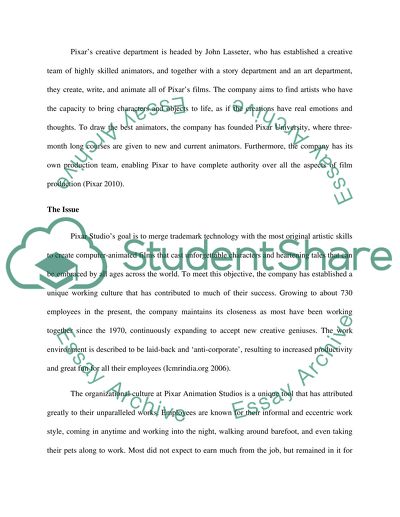Cite this document
(“Pixar Animation Studios Research Paper Example | Topics and Well Written Essays - 3750 words”, n.d.)
Pixar Animation Studios Research Paper Example | Topics and Well Written Essays - 3750 words. Retrieved from https://studentshare.org/visual-arts-film-studies/1565848-pixar-animation-studios
Pixar Animation Studios Research Paper Example | Topics and Well Written Essays - 3750 words. Retrieved from https://studentshare.org/visual-arts-film-studies/1565848-pixar-animation-studios
(Pixar Animation Studios Research Paper Example | Topics and Well Written Essays - 3750 Words)
Pixar Animation Studios Research Paper Example | Topics and Well Written Essays - 3750 Words. https://studentshare.org/visual-arts-film-studies/1565848-pixar-animation-studios.
Pixar Animation Studios Research Paper Example | Topics and Well Written Essays - 3750 Words. https://studentshare.org/visual-arts-film-studies/1565848-pixar-animation-studios.
“Pixar Animation Studios Research Paper Example | Topics and Well Written Essays - 3750 Words”, n.d. https://studentshare.org/visual-arts-film-studies/1565848-pixar-animation-studios.


